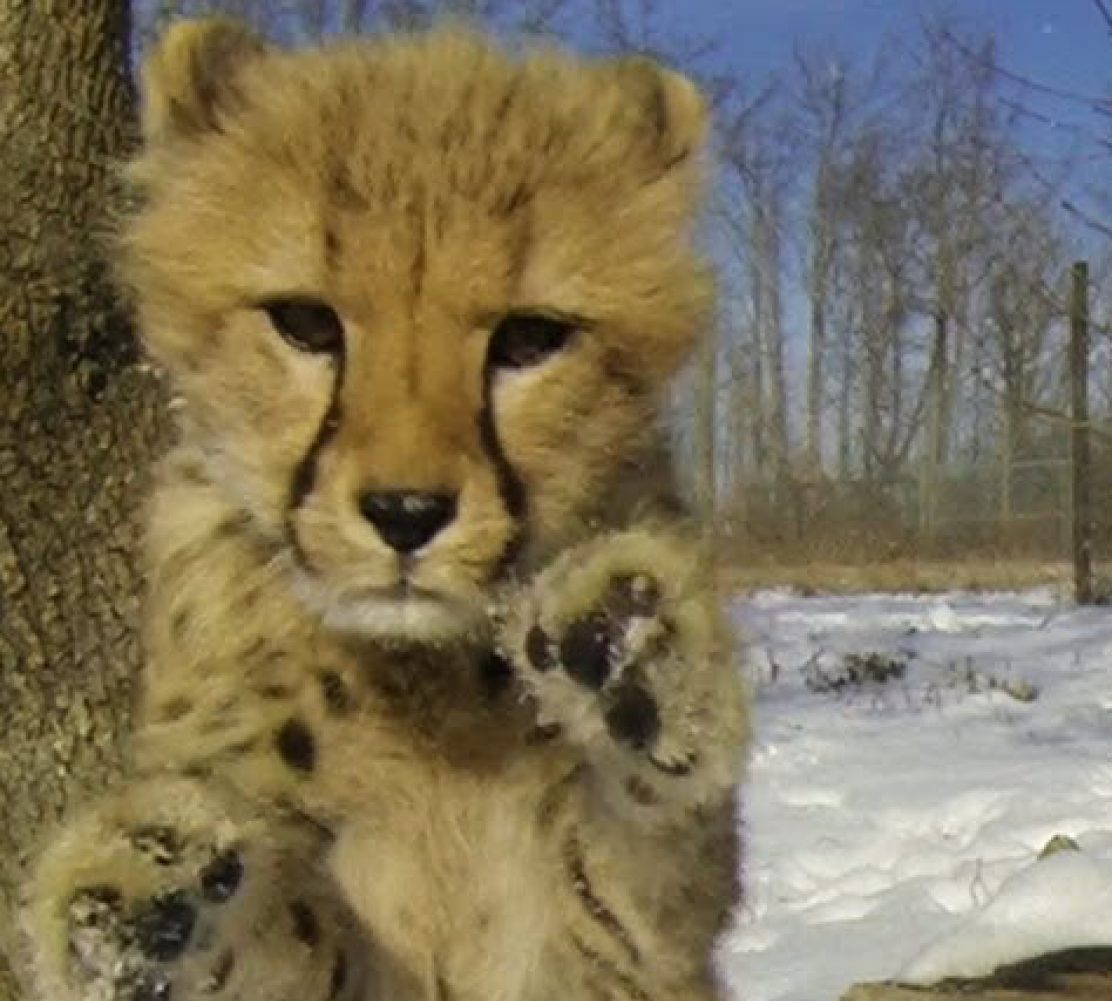Situated in Saint-Félicien, Zoo Sauvage is dedicated to the conservation of wildlife of the Northern regions. The zoo which is also one of Quebec’s largest zoos is also a recognized affiliate of the Canadian Association of Zoos and Aquariums.
Interesting Facts About Zoo Sauvage
• Operated by the Center for Conservation of Boreal Biodiversity Inc, Zoo Sauvage was originally founded in 1960 on an abandoned fox farm where it was set up as a traditional zoo exhibit for nonnative and North American animals.
• In 1966 the zoo which by then had grown to more than 18 ha became home to over 400 animals representing 91 species. During this period Zoo Sauvage had already included a kitchen, restaurant and a souvenir shop. By 1969 and following the subsequent purchase of additional land, Zoo Sauvage further extended its holdings bringing it to a total of 81 ha.
• On September 10, 1972 Zoo Sauvage opened its new Nature Park Trails. The area which covers about 30 ha includes a screened-in “train” with about 2.5 miles of roadway, from which visitors could view animals native to Quebec.
• In 1974 the zoo bought an additional 990 ha for the development of its Nature Park Trails. The exhibit which featured a new lake Lac Montagnais and the construction of Mount Keewatinook also included 4.3 miles of roadway and reproductions of a number or historic sites such as the Grand Trestle, the Lumberjack Camp and the Indian Campground.
• Receiving more than over 300,000 visitors during the early 1980s it became quite obvious that there was a demand for a more educational focus at the zoo. In response to this growing need as a part of the Zoo of the Year 2000 plan, the St-Félicien Zoological Society Foundation was founded to aid in the implementation of the change.
• In 1985, Zoo Sauvage, no longer using animal cages began the development of adaptable habitats. To house their carnivores such as their big cats, the zoo constructed three large paddocks. Additionally the zoo built a chimpanzee habitat and new homes for elephants, giraffes, and hippopotamus replacing cages with walls and ditches to separate the animals from the visitors.
• In 1986 the zoo experienced a three month lockout due to a work conflict. In a bid to save the zoo from permanent closure the mayor of St-Félicien Benoit Laprise formed a re-launching committee in early 1987 and with the help from numerous citizens, corporations, employees and governments raised a total of $1,300,000. That same year, the zoo implemented several organizational changes both at the administrative and employee levels as well as founded a new mission statement focussed on cultural patrimony, education, and research. Over the next two years, the zoo was awarded several regional awards and in 1989 changed its name to the Zoo Sauvage de St-Félicien in recognition of the zoo’s new focus.
• In the 1990s, the Wild Zoo earned first prize in the Quebec Tourism Regional Awards and won the National Grand Prize for ‘Touristic Promotion’.
• In December 1992 the zoo’s original founder Ghislan Gagnon retired. He was succeeded by Martin Laforge.
• In December 2009 for the first time in a Canadian zoo a polar bear named Aisaqvak gave birth to two cubs. At first the cubs were only viewed by way of a hidden camera inside then eventually wandering outside with their mother at the age of three months and away from public viewing. In 2010 when the cubs had reached six months they make their first public appearance at the Wild Zoo.
Zoo Sauvage Web Cams
Arctic
One of the more popular exhibits at the Wild Zoo allowing visitors an underwater view of its resident polar bears.
View the Zoo Sauvage Live Web Cams of the Polar Bears.
Mountain
The Mountain exhibit is famous for its North American wildlife known for roaming the mountain landscapes. Here visitors can view numerous predators including the bobcat, the Canadian lynx, the cougar, the coyote, the mule deer and the grizzly bear.
Zoo Sauvage Live Web Cams of the Mountain exhibit.
View the Japanese Macaque webcam.
View the Grizzly Bears webcam.
View the Amur Tigers webcam.
